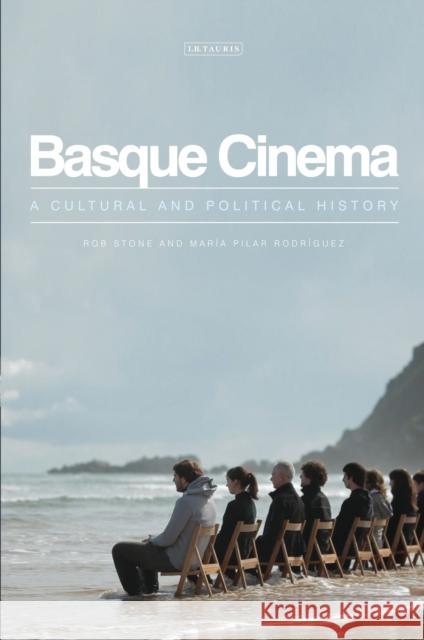Basque Cinema : A Cultural and Political History » książka
Basque Cinema : A Cultural and Political History
ISBN-13: 9781780769820 / Angielski / Twarda / 2015 / 264 str.
Film has always been a vital medium for articulating the Basque region s unique identity and politics. Its history reveals the interconnection of aesthetics and politics, from romanticised early twentieth-century travelogues to contemporary Oscar-winning short films in the Basque language. This book is the definitive study of Basque film, analysing its key films, directors and institutions.Before the Spanish Civil War, filmic depictions of the Basque landscape often nostalgically focused on servile rural industry. Foreign documentary filmmakers such as Pathe drew on its countryside as an indicator of Otherness, as did Orson Welles in his Basque Country episode of Around the World with Orson Welles, which compares the Basques to Native Americans. During the Franco Era, local film societies proliferated and a unique aesthetic of opposition in cinema emerged. The peculiar formal qualities of Euskara, the banned Basque language, were sublimated into a visual grammar of canted angles, jump cuts, ellipses and staccato editing. Ama Lur by Fernando Larruquert and Nestor Basterretxea exemplifies how film collages were also made to approximate the verse form of bertsolari improvising Basque poets.Post-Franco, the newly autonomous Basque government funded cinema and a new wave scene flowered. The 1980s and 1990s saw a boom in auteurist films, led by directors such as Juanma Bajo Ulloa (Alas de mariposa and La madre muerta) and Julio Medem (Vacas, La ardilla roja and Pelota vasca: la piel contra la piedra). The books interprets this activity alongside Spanish cinema and developments in Basque culture, such as the establishment of the Guggenheim Museum in Bilbao. It also charts the contemporary impact of Basque Filmoteca (Film Institute), the television channel Euskal Telebista, and Kimuak (a short film agency) in producing and disseminating Basque-language films worldwide. Based on archival research, close readings of films and in-depth interviews with influential figures in the Basque film scene, this book is essential reading for world film scholars and cultural historians."











